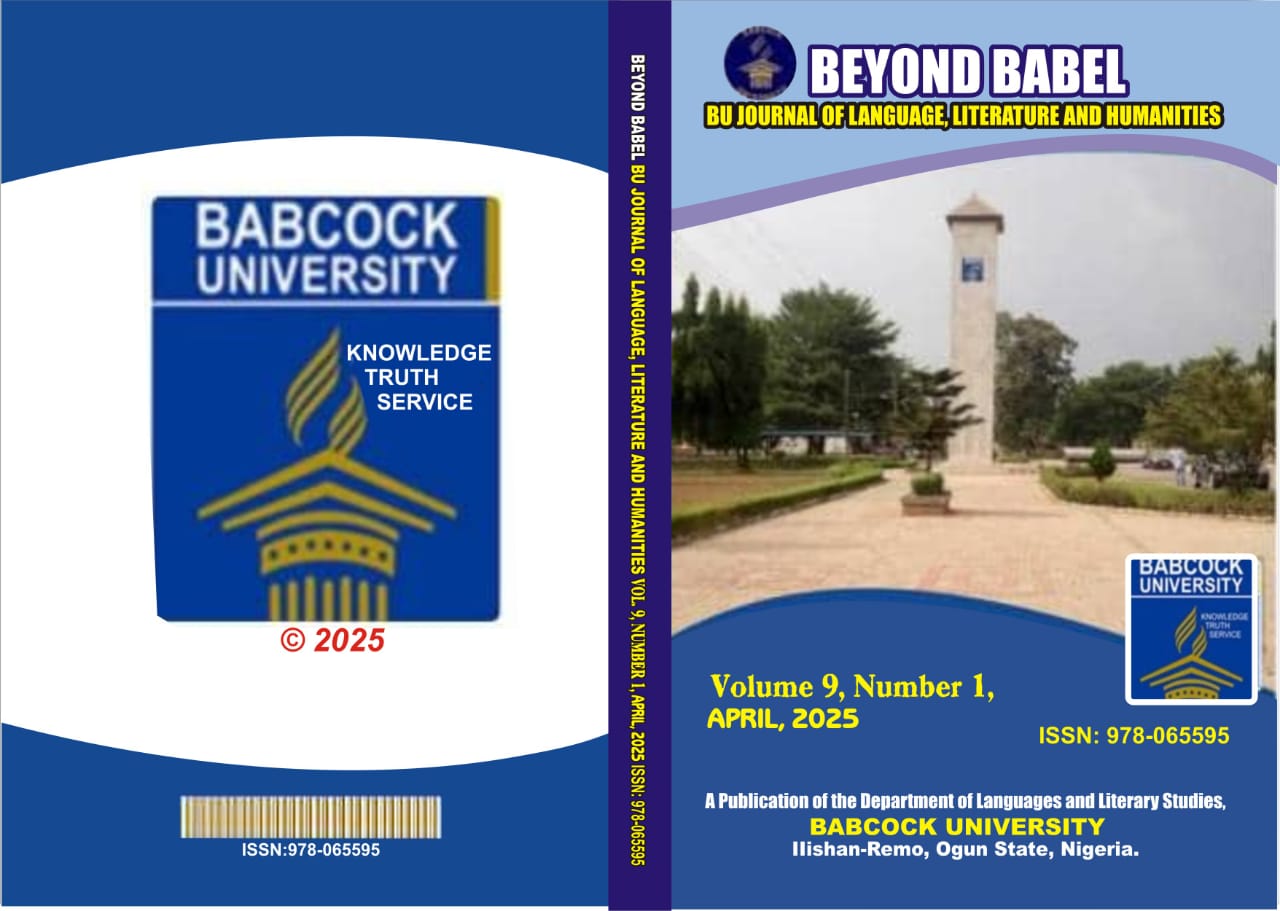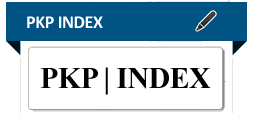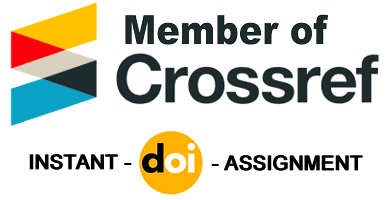Negation, Tense and Aspect in North-Western Edoid
DOI:
https://doi.org/10.5281/zenodo.17129287Keywords:
Negation, Propositional content, Minimalist program, Borer-Chomsky Hypothesis, VP movementAbstract
Negation is a universal grammatical category, with no known language lacking a means to reverse the truth value of a sentence's propositional content. However, the morphosyntactic forms of negative markers, their interaction with other functional categories such as tense and aspect, and their positions within the clause exhibit significant cross-linguistic variation. This study investigates the interaction between negation and tense/aspect in two Northwestern Edoid language groups spoken in the Àkókó region of Òǹdó State, Nigeria: Àbèsàbèsì and Proto Òssé. The goal is to compare the syntactic and inflectional behaviour of negation in these languages in order to identify both shared and divergent patterns. Findings show that while habitual aspect in Proto Òssé, especially Ìs̩ùà, is inflected for negation, Àbèsàbèsì, employs a non-inflectional strategy. Moreover, whereas negative markers typically precede the verb phrase (VP) in other Northwestern Edoid languages, Àbèsàbèsì exhibits an unusual clause-final placement. To account for these patterns, the paper adopts the Minimalist Program, with insight from the Borer-Chomsky Hypothesis, and proposes that the negative head (Nego) in Àbèsàbèsì bears an Extended Projection Principle (EPP) feature. This feature triggers VP movement to the Specifier of Negation Phrase (Spec-NegP), leaving the negative morpheme stranded in clause-final position.
Downloads
Downloads
Published
Issue
Section
License
Copyright (c) 2025 Beyond Babel: BU Journal of Language, Literature and Humanities

This work is licensed under a Creative Commons Attribution 4.0 International License.












